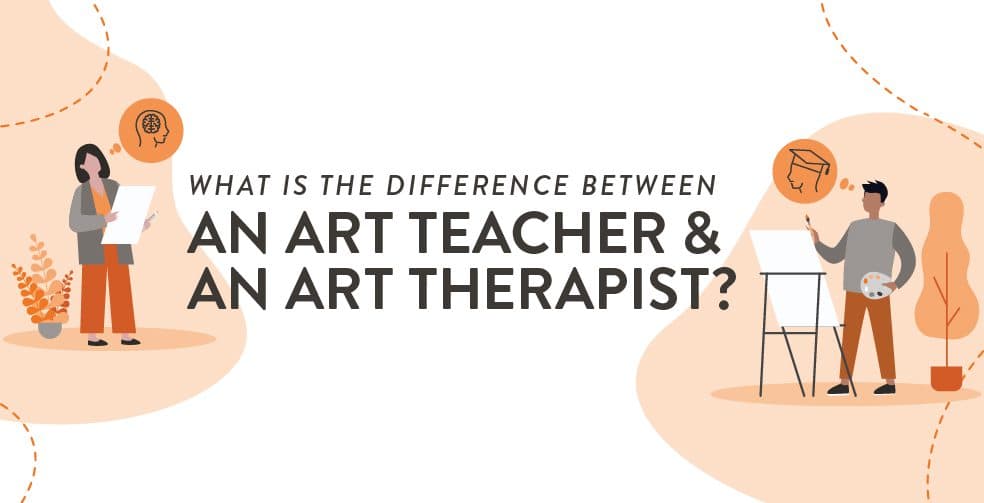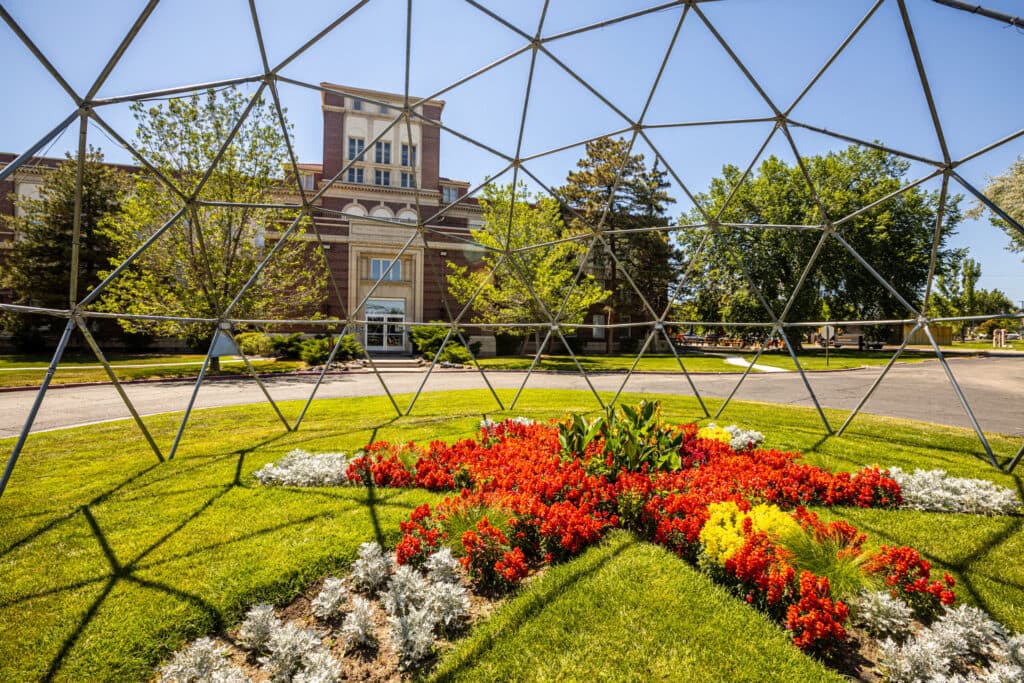There is something truly special about a calling to education. At RMCAD, we are lucky to welcome so many outstanding students who are ready to pursue a creative career as a teacher and mentor in the arts. When you receive a BFA in art education, your path to helping the next generation exponentially grows as does your career opportunities. Two popular paths to take include becoming an art teacher or an art therapist. These two careers, though both rooted in education, are different. Let’s learn more about a career as an art teacher and an art therapist!
Art teacher
If you are passionate about the arts and teaching children, pursuing a career as an art teacher is a great option. This is usually the most common career path students take when studying art education. According to Teacher Certification Degrees, “art teachers help students learn about the history of art and provide opportunities for students to create their own art by exploring their own artistic creativity.” In elementary schools, art teachers help teach the basics, including how to draw shapes, mix colors and overall start developing a child’s art foundation. In middle or high school, students begin to learn more specifics, including photography, graphic design, ceramics or sculpture. Because of the wide array of artistic lessons taught, it’s valuable for an art teacher to be skilled in several mediums, says The Art Career Project. To learn more about pursuing this career, read RMCAD valedictorian paints a picture of what it’s like being an art teacher.
Art therapist
One of the main differences between an art teacher and an art therapist lies in the word “therapist” or “therapy.” As an art therapist, you put a focus on mental health, in addition to the arts. According to the American Art Therapy Association (AATA), “art therapy is an integrative mental health and human services profession that enriches lives through active art-making.” An art therapist is known to help individuals improve self-awareness, enhance social skills, resolve conflict or even provide the groundwork for spiritual growth. You’ll find an art therapist working at hospitals, schools, veteran clinics, local practices, community clinics, crisis centers or senior communities. Psychology shares that patients work with an art therapist to explore their emotions, understand feelings of distress and overall use art to help find a resolution. If you are interested in pursuing a career as an art therapist, you will need to pursue a master’s degree following your bachelor’s in art education.
Regardless of what career path you take, RMCAD’s BFA in art education will provide you with the skills to master classroom management, student evaluation, leadership skills and art techniques. If you are interested in learning even more about art education careers, please visit our online or campus program pages. For additional information, please fill out a request information form today.

